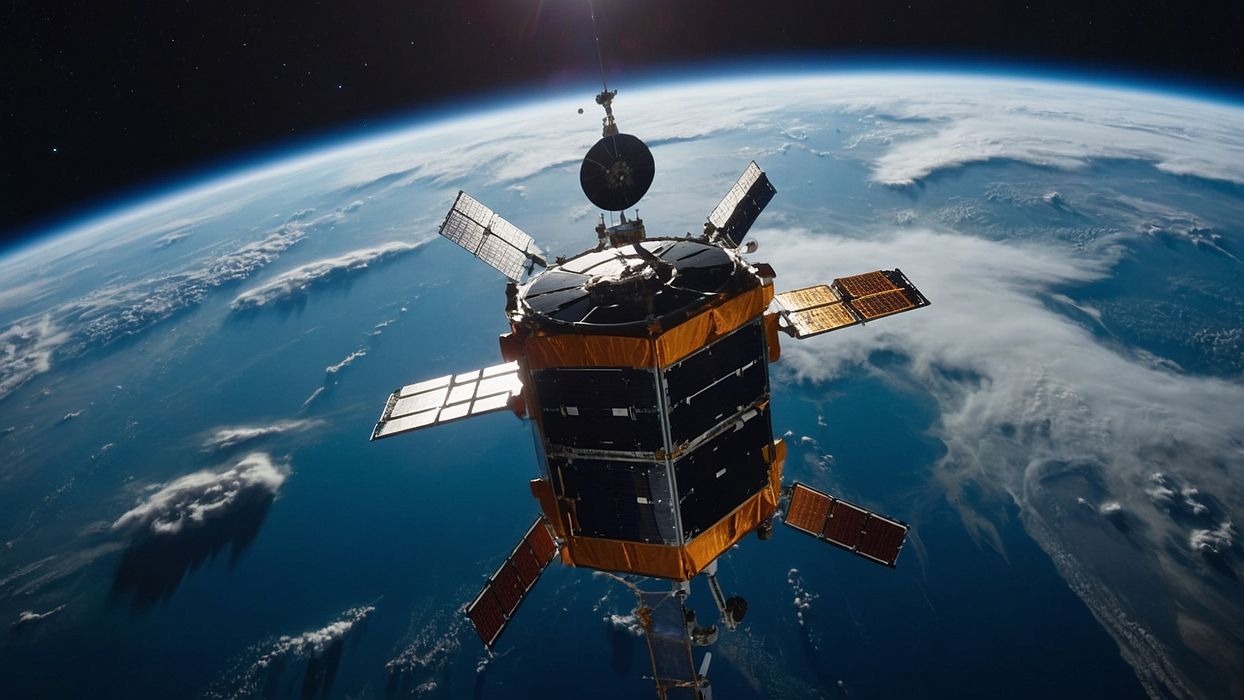
A new metal 3D printed part illustrates the importance of the technology for space applications.
The part described is an aluminum piece that is required to dissipate heat. Normally this is a straightforward matter, as you place a fan on the part, or attach a radiator.
The problem is those solutions don’t really work in the airless — and weightless — environment in space. There’s no air, so fans don’t work. Radiators may work, but far less efficiently because there’s no air to carry away heat. That means radiators must be larger, and sometimes that can’t be done due to the position and size of the part. Other means must be employed to cool these parts.
This part overcomes the problem by using integrated “heat pipes” in the design. These are small internal conduits that can carry a heat-absorbing fluid. The fluid flows through the pipes, collecting heat that can then be shunted to a larger radiator elsewhere. In this example, ammonia is used as the fluid.
This is where 3D print technology becomes critically important: metal parts such as this one cannot be easily produced using any other manufacturing process. Additive processes can easily integrate hidden internal conduits in 3D prints, so long as support materials are not required.
But it gets even more complicated. In a report on Space Daily, they explain:
“The frame’s unique design results from ‘topology optimisation,’ a computational approach that places material only where necessary, similar to how tree branches grow. This method maximizes the versatility of 3D printing.”
In other words, the location and geometry of the conduits is precisely calculated to optimally cool the part. This will inevitably result in a highly complex structure of internal fluid flow paths. This type of structure is challenging even to 3D print, let alone attempt with other manufacturing processes.
It turns out that there will be plenty of parts that require cooling in space applications. Some parts might withstand heat, but others will require active cooling, particularly those involved with electronics.
Because of this requirement, it’s very likely that additive manufacturing practices will become not only a standard, but a mandatory tool for the development of space hardware in the near future.
Via Space Daily
